-
Mt.Kilimanjaro Trekking via Marangu Route
- ` 169,999 per person
EMI starts from ` 4,762 View Plans >
| ANcash | ` 1,000 |
- Your request has been successfully submitted, booking id:
Kilimanjaro, by any name, is a metaphor for the compelling beauty of East Africa. When you see it, you understand why. Not only is this the highest peak on the African continent; it is also the tallest free-standing mountain in the world, rising in breathtaking isolation from the surrounding coastal scrubland – elevation around 900 metres – to an imperious 5,895 metres (19,336 feet). Kilimanjaro is one of the world's most accessible high summits, a beacon for visitors from around the world. Most climbers reach the crater rim with little more than a walking stick, proper clothing and determination. And those who reach Uhuru Point, the actual summit, or Gillman's Point on the lip of the crater, will have earned their climbing certificates. And their memories. But there is so much more to Kili than her summit.
The ascent of the slopes is a virtual climatic world tour, from the tropics to the Arctic. Even before you cross the national park boundary (at the 2,700m contour), the cultivated footslopes give way to lush montane forest, inhabited by elusive elephant, leopard, buffalo, the endangered Abbot’s duiker, and other small antelope and primates. Higher still lies the moorland zone, where a cover of giant heather is studded with otherworldly giant lobelias. Above 4,000m, a surreal alpine desert supports little life other than a few hardy mosses and lichen. Then, finally, the last vestigial vegetation gives way to a winter wonderland of ice and snow - and the magnificent beauty of the roof of the continent. Halt points along the route include Mandara Hut, Horombo Hut, Mawenzi Ridge, Kibo Hut, Uhuru Peak and the Marangu Gate of Kilimanjaro National Park.
We humans love superlatives-the biggest, the tallest, the oldest. The urge to witness the rare is a default setting installed in us since birth. Conquering one of the seven highest mountains of the world is a dream for many. So if you’re planning for Kilimanjaro trek, make sure you have that unfathomable zeal, a positive mindset and strong willpower!
There are various routes to climb the tallest peak of Africa; some are steep, some have continuous ascents, and some are daunting. While Marangu route is known as the oldest, comparatively easiest and the shortest route to Mt. Kilimanjaro, don’t be fooled by the word ‘easy’, because as the saying goes, nothing worthwhile comes easily!
On the trek, you will continuously hear ‘pole, pole’ which in Swahili means ‘slowly, slowly’. That’s the kind of endurance and persistence you require on your trek to Mt. Kilimanjaro via Marangu route. Because honestly-the route is short, but the time to acclimatize with the climate is also less. So your enemy via this route might be the mountain sickness and not the steep altitude. Nonetheless, if you keep your chin up, head high and have a firm belief in yourself, the magnificent views on the summit are going to overwhelm you with tears and will definitely make up for the strenuous climb.
Also known as the Coca-Cola route, due to its comparatively easy trail, the trek via Marangu route will take around 7-8 days to hike. One interesting aspect of this route that sets it apart from the others, is the accommodation facility. There will be huts throughout your route. However, you will need to carry your own sleeping bag due to the cold temperature. You will also get one washing bowl of warm water; one in morning and other in the evening. If you are luck, you might even get flush toilets in the washrooms, or else there will be some alternate to it. There are 60 bunk beds each at Mandara and Kibo Huts, and 120 bunk beds at Horombo Hut.
Now that you interest is piqued, another question might come to your mind-when should you climb Kili? There is no one month to reach the roof of Africa. The mountain’s immense height makes it more vulnerable to changing climate as compared to the rest of Tanzania. No matter when you climb, the lower region will be warm whereas the summit will be freezing. However, January to March and June to October are considered as the best season to hike the Kilimanjaro trail.
ITINERARY
Day 1: Arrival at Kilimanjaro International Airport
On reaching Kilimanjaro International Airport, you will be escorted by the transfer driver to your pre-booked hotel in Arusha. After settling your belongings and a little rest, head-out to have a brief introduction with your trek leaders, porters and the cooks. An informative orientation will be given by the trek leader, make sure to listen to the do’s and don’ts carefully, and abide by it throughout the trek.
Day 2: Arusha to Marangu Gate(in Kilimanjaro National Park) to Mandara Hut
- Elevation: 1860m to 2700m
- Distance: 8.1 km
- Hiking Time: 5 hours
- Habitat: Montane forest
Your first day of the trek on Kilimanjaro commences with your transfer from the hotel to the Marangu Gate in Kilimanjaro National Park, which takes around 03 hours. On reaching, complete the registration formalities, interact with the guide and your porter, pack the extra equipment or distribute it among the porters and then you will be set to start your trek.
The trail from Marangu Gate passes through a widespread rainforest (As the name suggests, always carry your rain gear!), that has a well-formed path laden with steep continuous climbs that lead uphill, but the forest is so lush green, that you won’t feel the ascent. Then, you will cross few small streams and some picturesque waterfalls that mark as a halfway journey to Mandara Hut. You will be served with a scrumptious meal, post which you will trek for another one and a half hour to the Mandara Hut.
As you will near the huts, you will notice a change in the vegetation zone, the trail will open wide to the alpine heath and the moorland. On your arrival, relax in your hut, or simply head out to explore the surroundings. You might even spot blue monkeys, and if you’re fortunate, even black and white colobus monkeys.
Day 3: Mandara hut to Horombo hut
- Elevation: 2700m to 3700m
- Distance: 11.6 km
- Hiking Time: 6 hours
- Habitat: Moorland
Post a scrumptious breakfast, set out on the trail that leads you first through a patch of forest, and then opens up to a vast moorland, where the dominant plant will be heather. You can also spot giants plants such as senecios and lobelias scattered all over the moorland. And if the weather is clear, you might even have a clear vision of Kibo and Mawenzi. This day will be long, so remember to eat properly and drink plenty of water to combat mountain sickness.
By mid-afternoon, you will reach Horombo hut which is set in a scenic location with Mawenzi in the backdrop. Relax in your hut or cherish the spectacular scenery around the camp. At night, you will be served with a lip-smacking dinner, post which you can spend time at your own leisure or sleep for a complete body rest.
Day 4: Horombo Hut (Acclimatization period)
- Elevation: 3700m to 4020m
- Distance: 7 km uphill / 7 km downhill
- Hiking Time: 4.5 hours
- Habitat: Alpine desert
The trek via the Marangu route requires you to acclimatize, hence it is best suggested to add one extra night at the Horombo Hut. So, to let your body tune in with the climate, you will trek to the Zebra rocks, and will also return back to Horombo. Body nourishment is also vital for acclimatization, hence proper meals will also be given to you at the Horombo Hut. Bask in the open vistas of the moorland or rejuvenate yourself with a book and a cup of coffee. The night at Horombo will prepare you for strenuous trek the next day.
Day 5: Horombo Hut to Kibo Hut
- Elevation: 3700m to 4700m
- Distance: 9.6 km
- Hiking Time: 6 hours
- Habitat: Alpine desert
Today as soon as the sun peeps out, you will leave behind the beauty of moorland and begin a 1000m ascent towards Kibo Hut. As you keep walking, you might notice the vegetation getting thinner. The more you climb, the less greenery you will see. After a while, you will come across a signpost ‘Last Water Point’, after which you will not get running water until you get back to Horombu from the summit. Make sure to fill up your bottles.Take a break, and let the cooks fill up their water bottles required for preparing the food for the trek.
After crossing the ridge, the path changes to a barren desert (known as a saddle), donned with small patches of alpine vegetation and some beautiful wildflowers-there’s something beautiful in the way the flowers that grow in the rocks. Post lunch, the steep climb towards Kibo will be a tough trail, however, the open dramatic landscape with hovering clouds will make the hike easier. On reaching the campsite, put your feet up and relax. You will be served with early dinner, as you need to sleep by 7:00 pm to wake up at midnight for the summit hike.
Day 6: Kibo Hut to Summit to Horombo Hut
- Elevation: 4700m to 5895m to 3700m
- Distance: 9.6 km
- Hiking Time: 7-8 hours to reach Summit, 6-8 hours to descend to Horombo
- Habitat: Stone scree and ice-capped summit
You will wake up in the hour of darkness before the clock strikes midnight, and will be served with tea and some biscuits to jolt you awake for the summit. The route for the summit is marked by a rocky path till Hans Meyer Cave (16,896ft), after which it leads towards a zig-zag route for 2-3 hours till you reach the Gilman’s point (18,671ft) on the Kibo’s crater rim, Africa’s highest point.
After this point, you will require mental strength more than the physical as the continuous 200m steep stretch will drain out all your energy. However, simple and small steps will lead you to the summit, from where the magnificent view of the sunrise will overwhelm you with tears. At the summit, you won’t be able to spend much time, so quickly take in the views or click the pictures for your Instagram feed and start descending towards Kibo, where you will stop for some refreshments. Continue onwards on the path that leads to Horombo, where you will stay overnight.
Day 7: Horombo Hut to Marangu Gate
- Elevation: 3700m to 1860m
- Distance: 9.6 km
- Hiking Time: 6 hours
- Habitat: Montane forest
The next morning, you will leave behind the wonderful vistas of Kilimanjaro trek and will begin to descend to Mandara hut, and then drive back to Marangu Gate. You will receive your summit certificates for your successful climb. From here you will be transferred to Arush at Meru View Lodge for dinner and an overnight stay.
Day 8: Drop at Kilimanjaro International Airport
Today, your trip will come to an end. After your scrumptious meal, you will be dropped at the Kilimanjaro International Airport from where you can continue your onward journey on your own will.
FAQS for Mt.Kilimanjaro Trekking via Marangu Route
1) How many days are required to complete the trek?
If you’re in a hurry, then the Marangu route is the shortest route, with a total of 8 days needed to complete the trek. You can also choose this route if you would rather stay in huts instead of tents.
2) How fit do you need to be for this trek?
This route is relatively short, but the time to acclimatize is also less, so your enemy via this route might be the altitude sickness and not the steep inclines. You need to be really fit, as most days involve 5-6 hours of walking. It is recommended that you start working out at least one month before the actual climb.
3) Should I carry medicines for the trek?
We always recommend that our trekkers carry their personal first aid kit along with them in case of emergencies.
4) How far do we hike each day?
You will be covering a distance of 9-10 km which will take around 6-7 hours of hiking each day. There will be short breaks in between as the trail will involve upwards climb as well, and you will need to rest. The best aspect of this route is that you will be staying in huts, which will help your body relax after the strenuous climb each day.
Gallery
Package Details
Mt.Kilimanjaro Trekking via Marangu Route
Price (Per Person): ` 189,999
Duration: 8 Days
Cancellation Policy | Payment Policy
About Kilimanjaro National Park
Size: 1668 sq km 641 sq miles).
Location: Northern Tanzania, near the town of Moshi.
When to go
January to March & June to October.
PRICE FOR SINGLE PERSON : 1,99,000 + GST
Inclusions:
- Two way transfer: Kilimanjaro Airport - Arusha - Kilimanjaro Airport.
- Transfer from hotel to Park gate and return to hotel after climb.
- 02 Nights accommodation in hotel on Twin Sharing basis.
- 05 Nights accomodation in mountain huts on multiple sharing
- All Meals from Day 1 Dinner to Day 8 Breakfast(Veg/Non Veg)
- All Entry fees including National Park gate fee.
- Qualified mountain guides, Assistant guides, Porters and Cooks
- Salaries for mountain crew
- Hot drinks on the mountain (tea / coffee etc..)
- Trekking permit.
- Camping fee, tents and dining tents as required.
- Portable toilets.
- Two-way radio carried by guide for emergency.
- Oxygen Emergency situations (not as climbing support).
- Certificate for successful attempt / summit.
- Government climbing taxes and fees.
Exclusions:
- GST 5%
- International flight ticket
- Visa
- Items of personal nature.
- Personal clothing & equipment.
- Travel & Risk insurance. ($80)
- Estimation of tipping system (per group), mandatory under the authority of Kilimanjaro National Park
Per main guide – US$20-25 per day
Per assistant guide – US$15-20 per day
Per cook – US$15 per day
Per porter – US$10 per day - Cost escalation due to change in itinerary Natural reason of unforeseen conditions like Landslides, Road Blockage, Bad Weather, Social or Political Unrest, Strikes, sudden shut down of any govt office etc
Reviews for Mt.Kilimanjaro Trekking via Marangu Route
Be the first to share your experience with us. Send your feedback at product@adventurenation.com



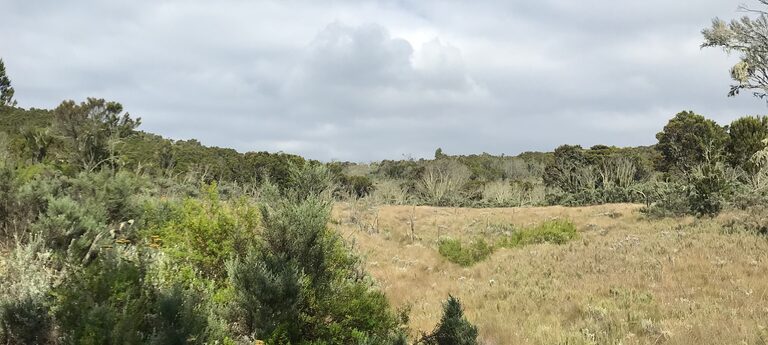

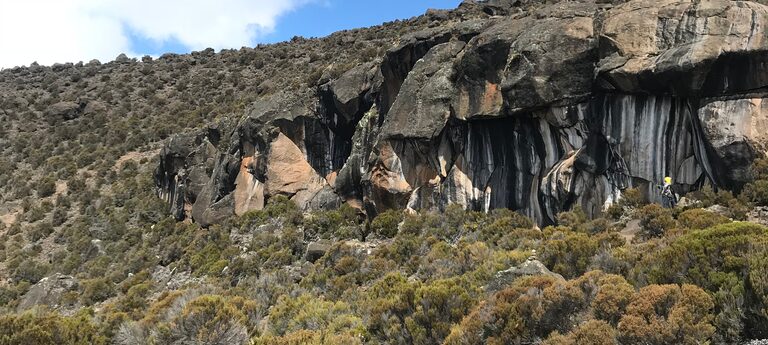

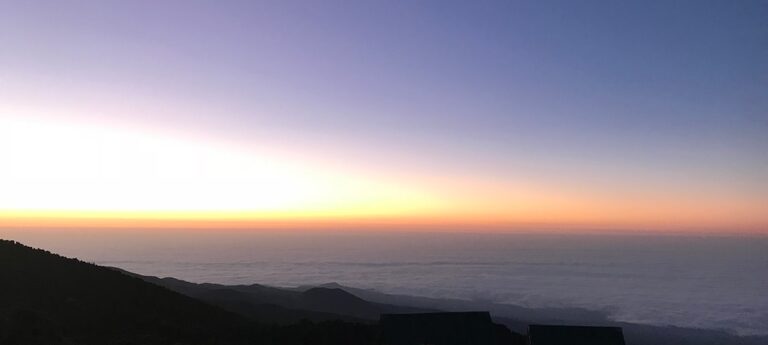

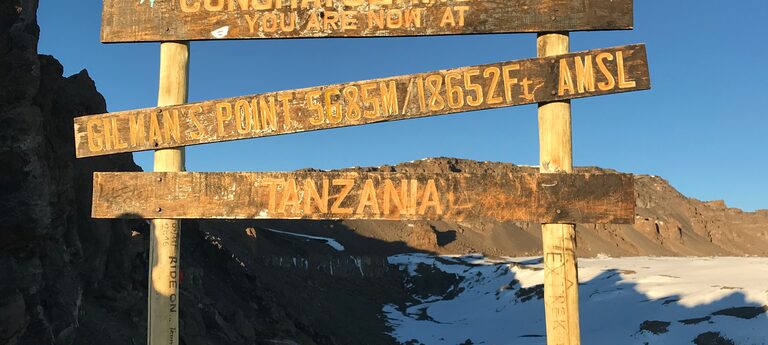

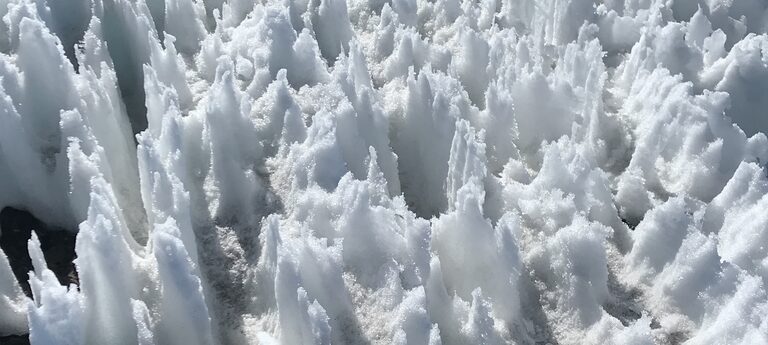

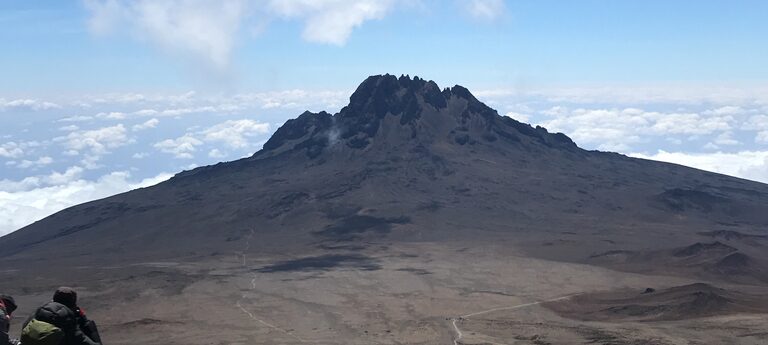

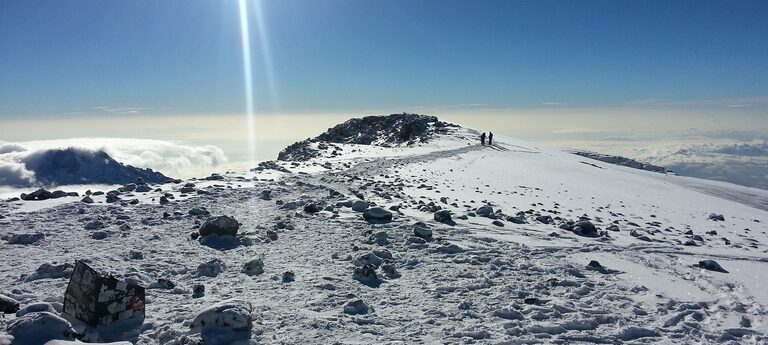

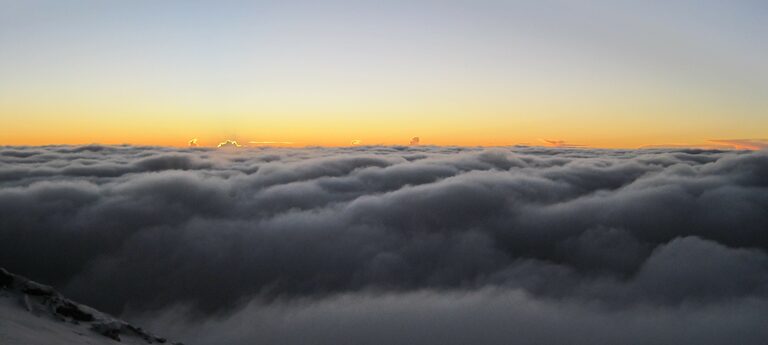

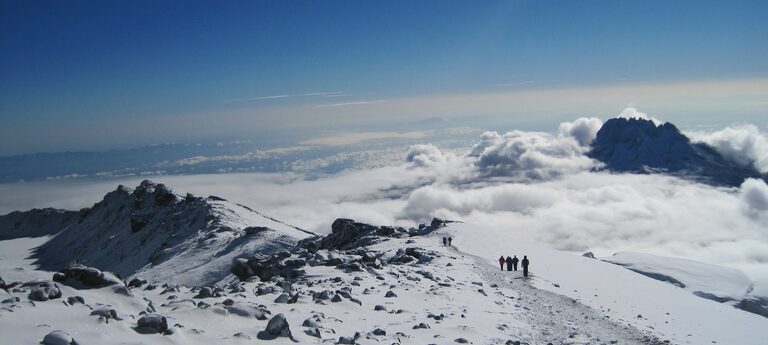

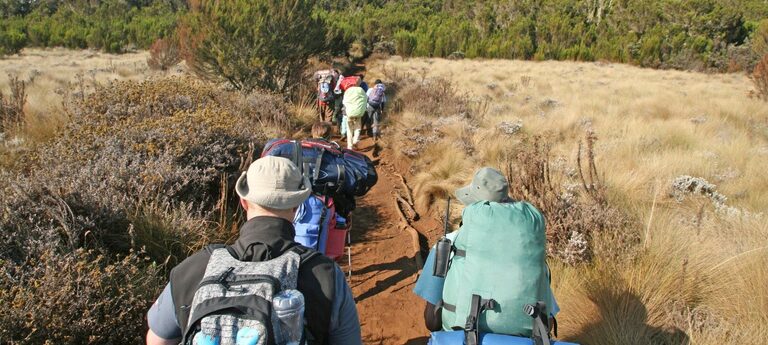

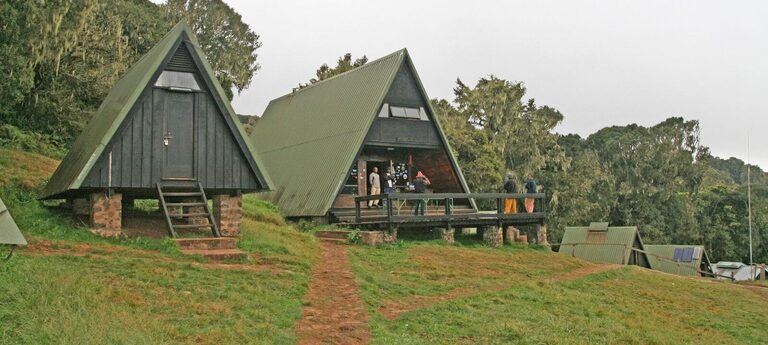

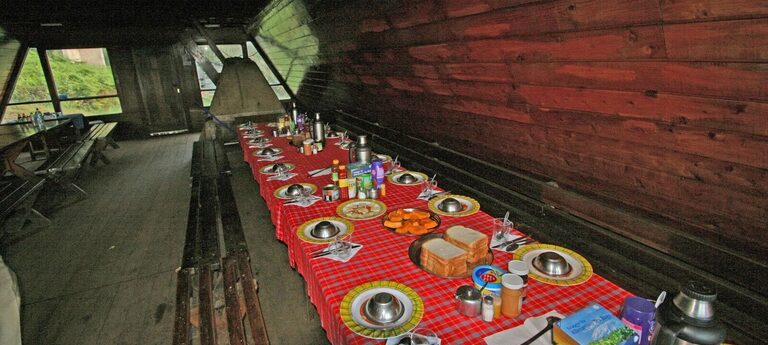

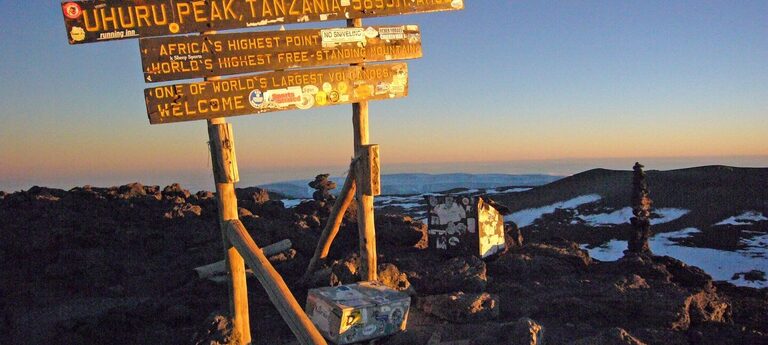

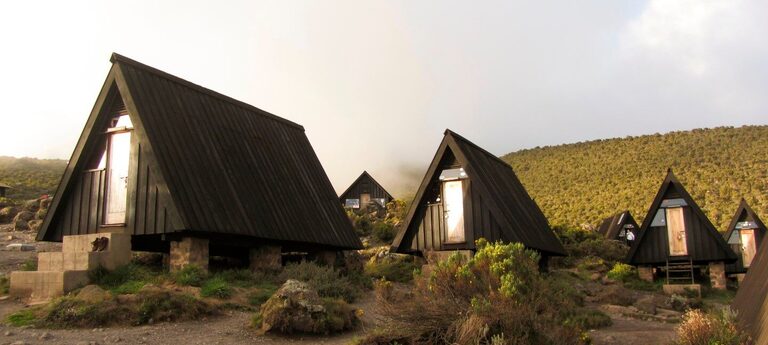

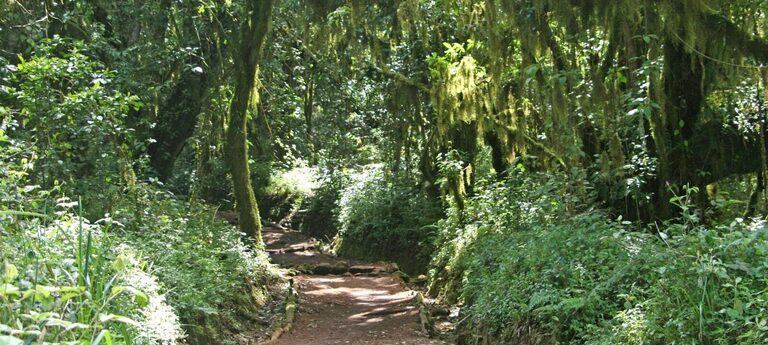

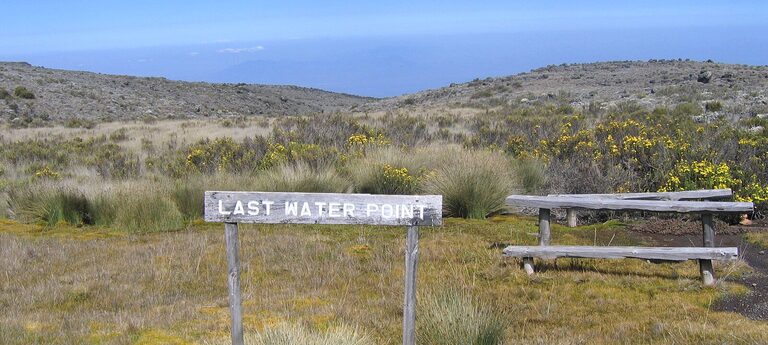

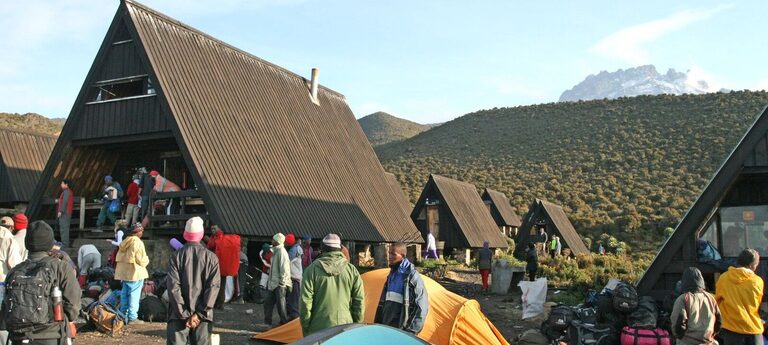

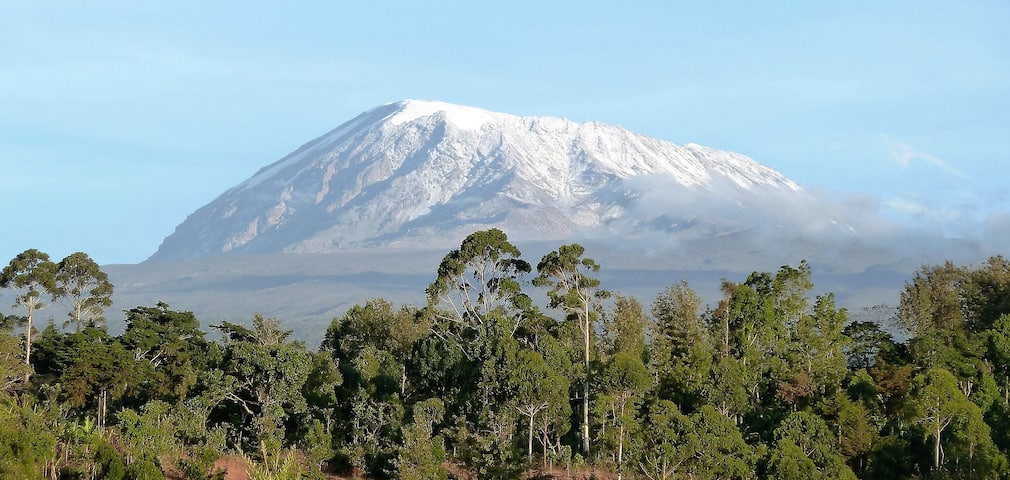









































_1438583183_jCcMD3.jpg)

